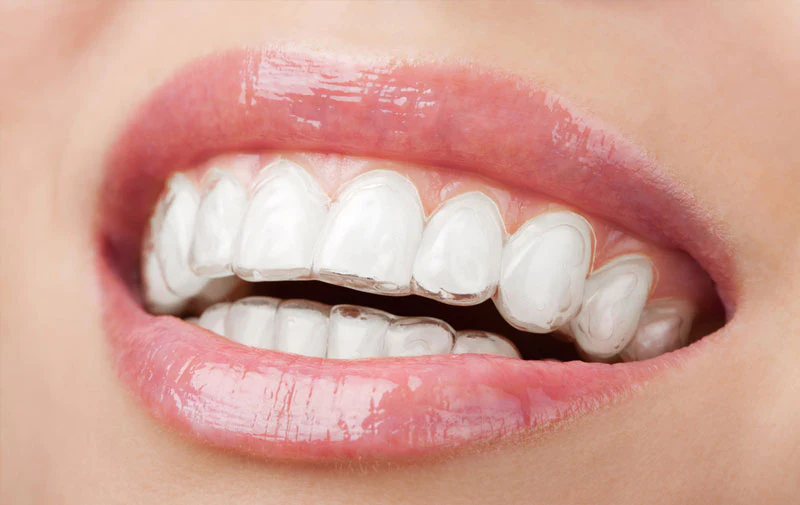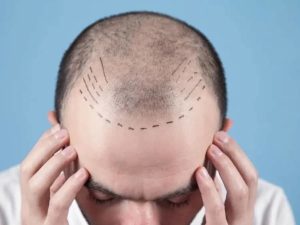
Invisible orthodontics

Invisible orthodontics, also known as invisible braces, refers to orthodontic treatment options that are designed to be discreet and less noticeable compared to traditional metal braces. These treatments aim to straighten teeth and correct malocclusions (bite issues) while being less visually apparent.
Some common types of invisible orthodontics include:
Clear Aligners: Clear aligners, such as Invisalign, are a popular and widely used type of invisible orthodontics. They are custom-made, transparent, BPA-free plastic trays that fit snugly over the teeth. Clear aligners are virtually invisible, making them a popular choice for adults and teenagers who want to straighten their teeth discreetly. The treatment involves wearing a series of aligners, each representing a different stage of tooth movement, to gradually align the teeth.
Ceramic Braces: Ceramic braces are similar to traditional metal braces, but the brackets are made of tooth-colored or clear ceramic materials that blend in with the natural color of the teeth. The wires can also be tooth-colored or clear, making them less noticeable than traditional metal braces. Ceramic braces are often chosen by individuals who desire a less noticeable orthodontic option without going for fully removable aligners.
Lingual Braces: Lingual braces are fixed orthodontic appliances where the brackets and wires are placed on the inner or lingual side of the teeth, making them virtually invisible from the front. Lingual braces are custom-made to fit the patient’s teeth and can effectively correct various orthodontic issues while being hidden from view.
Clear Braces: Clear braces are similar to traditional metal braces, but the brackets are made of clear or tooth-colored materials. While not entirely invisible, they are less noticeable than traditional metal braces and are a popular choice for individuals seeking a compromise between traditional braces and fully transparent aligners.
Invisible orthodontic options have gained popularity due to their cosmetic appeal, allowing patients to undergo orthodontic treatment with increased confidence and without drawing excessive attention to their dental appliances. However, the suitability of each type of invisible orthodontics depends on factors such as the complexity of the orthodontic case, the patient’s preferences, and the recommendations of the orthodontist.
It’s essential for patients considering invisible orthodontics to consult with a qualified dentist or orthodontist who can assess their specific orthodontic needs and recommend the most appropriate treatment option for achieving their desired results. Regular follow-up appointments and proper compliance with the treatment plan are vital for successful outcomes in invisible orthodontics.
Recent Posts



